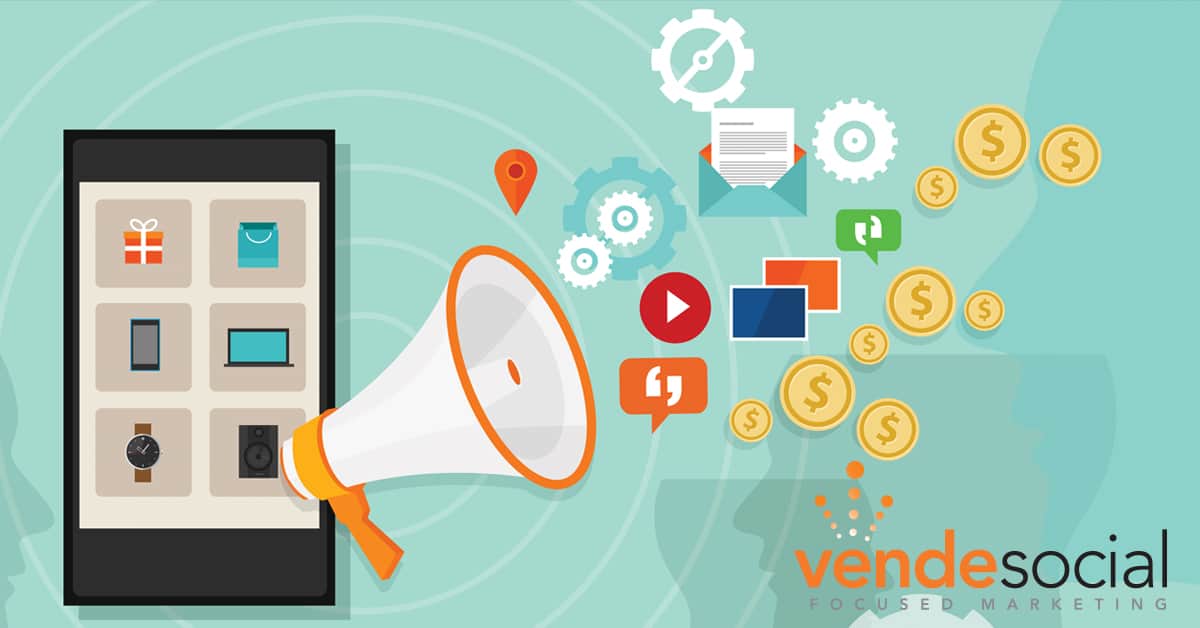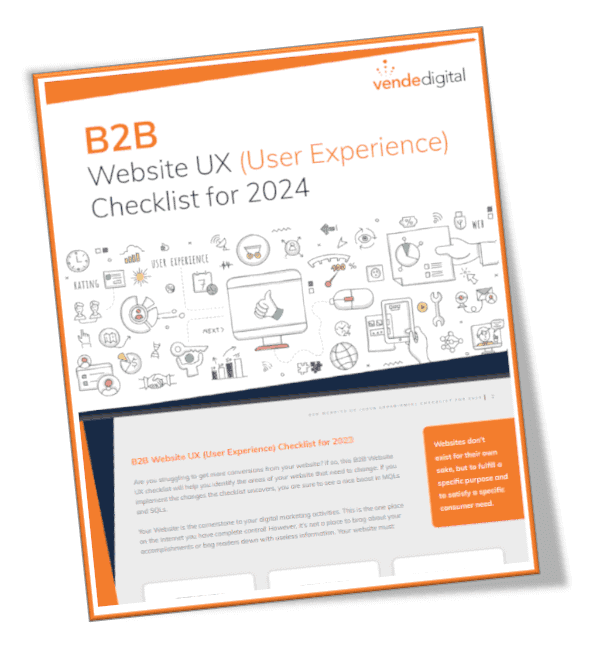Why would you pay for something you can get for free? When it comes to online advertising you’re going to get what you pay for. Social media marketing used to be the place to be for brands to talk to their audience without having to pay for it. But social media platforms have sharply decreased the organic reach of posts. Today, organic (non paid) posts to many Facebook business pages reach less than 2% of the fan audience, meaning the sun has nearly crept below the horizon for the days of “free Facebook advertising”. If you’re not already in the game, this is the year that you need to start spending money to be heard.
Play the Social Media Marketing Game
Online advertising is a multi-strategy game. Those strategies include owned media, earned media, and paid media. Owned media is a web property the you control and is unique to your brand. Most often this would include a website, blog, social media channels, apps, and stores, both online and offline. Earned media is the online equivalent to “word of mouth” marketing. A trusted influencer shares, mentions, reposts, reviews, or recommends your brand. Both good and bad experiences are part of earned media. Interesting, informative content is inherently shareable. This could be a blog, infographic, video, webinar, or e-book. Great content strategy and strong organic rankings on the search engines are important for earned media.
But we can’t get something for nothing. paid media is a good way to promote content in order to drive earned media, as well as direct traffic to your owned media. With diminished organic reach, paid media will help get the ball rolling and create more exposure. Paid media needs to be focused, well planned, and effectively executed. It needs to include compelling calls-to-action in order to deliver exactly what your prospective customer is looking for.
Why Should I Pay For Social Media Advertising
You want to advertise where people will see your ads. 80% of people shop online before making a purchase. 66% of people make decisions about a brand based on a company’s website. 50% of people shop on mobile devices at least some of the time. Online advertising is a billion dollar industry, with digital ad spending accounting for one-fourth of total media spending. By advertising in social channels you essentially place your products and services in the path of the buyer.
Online advertising, in any channel, is basically rented advertisement, so you have to be smart about your investment. The ads only stay up as long as you are paying for them. However, online advertising is also attractive because it’s measurable and provide a way to manage spend according to outcomes. It’s possible to calculate both a long-term and a short-term value for how much revenue resulted from each and every incoming website visit and conversion event be it sales or a lead form. And through segmentation and retargeting it’s possible to target a very specific part of your demographic for more effective marketing.
The two most popular types of online advertising options continue to be CPM (cost per impression) and PPC (pay per click) types. Both methods have their advantages and disadvantages. CPM rates are usually pretty inexpensive. And it guarantees that your ad will be shown the number of times that you want it to be seen. But it’s difficult to quantify the ROI until the end of the campaign. PPC can be more expensive, but clicks are extremely straightforward to track. Someone either did or did not click on your ad. And you’re only paying for the clicks you need. Budgets are modifiable in real time and well-optimized campaigns can bring in significant traffic. But just because someone clicks on one of your ads doesn’t mean they have any interest in your offer. Up to 50% of clicks on static mobile banner ads are accidental. Paid media options include retargeting, search, display ads, social media ads, content syndication, and PPC campaigns.
Choosing the right ad network
Along with broad internet channels of Google Ad Words and various website network marketing, social channels including Facebook, Twitter, LinkedIn, StumbleUpon, Instagram can be effectively leveraged to gain cost effective outcomes based on your specific goals. Each platform offers different options, from various targeting techniques to unique user experiences. Are you marketing towards B2B or consumers? For B2B marketing, LinkedIn ads provide an excellent opportunity to target specific business sectors and buyers. Some platforms, like Google AdWords, use PPC, and others, like Facebook, also offer PPI(pay per impression). It’s important that the ad network you pick helps you to reach your target audience with the right message at the right time and speaks to your customer’s current phase in their purchasing decision.
Regardless of which ad network you choose, you will also need to focus on creating landing pages that convert. Once someone lands on your page you want them to take some kind of action to keep them engaged. Make sure that your landing page includes a clear call to action(CTA). Your CTA should be a combination of value and relevance. Include an offer for your visitors in exchange for getting them to take the desired call to action. Keep your landing page focused by using an effective headline, good layout, and tidy visuals.
Your fans and followers are all online waiting for you. If you want to keep the conversation going then you need to spend money to be heard. Create engaging content with owned media and then strategically promote that content through paid media to generate awareness, education and ultimately purchases.
Are you ready to improve your business’ paid campaign performance? Learn how by downloading our Google AdWords Optimization white paper.

